Culture & Museums
From museums, to theaters, to community-based centers, we create purposeful, elevated experiences that welcome, educate, and entertain diverse audiences and resonate with museum and cultural institution clients, donors, staff, and stakeholders.
“
Museums are windows into other worlds that invite you to see and experience things you didn’t know before. Museums have an opportunity to take that experience into the public realm and become community catalysts for conversation and dialogue.
—Bevin Savage-Yamazaki, Culture & Museums leader
27 Items
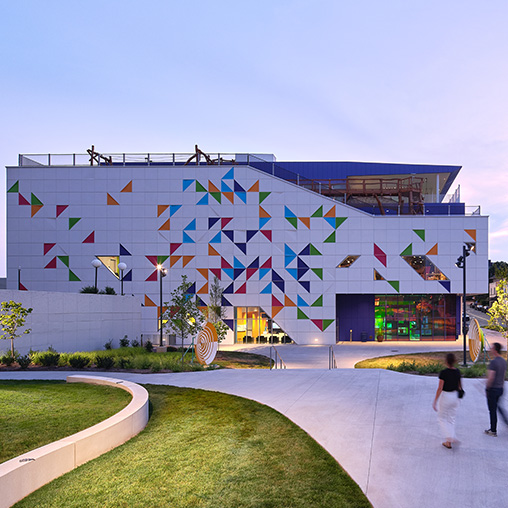
Kaleideum
Winston-Salem, North Carolina
Forsyth County is renovating a five-story, 70,000-square-foot building in downtown Winston-Salem that will be home to an innovative children’s museum.
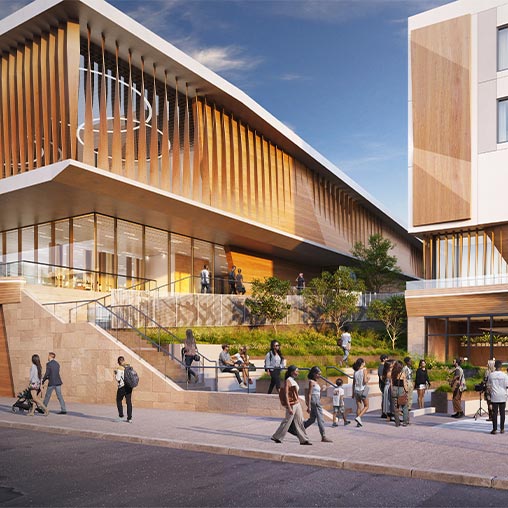
Black Ensemble Theater
Chicago, Illinois
Gensler is teaming up to to create a culturally diverse, artist-centric live and work village, center to support The Black Ensemble Theater’s mission.
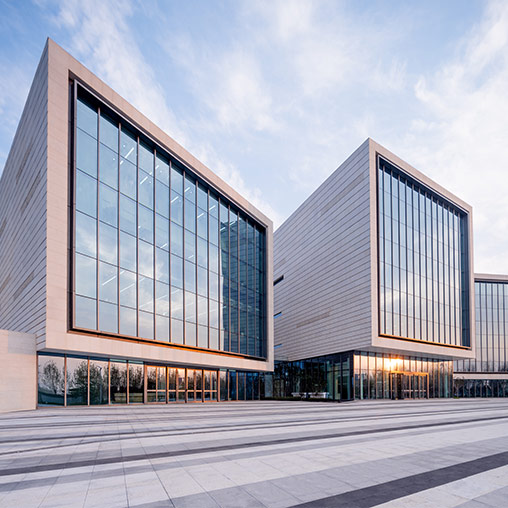
Yantai Huang-Bohai Sea New Area Industrial Culture Center
Yantai, Shandong Province, China
The addition to the existing city center program features architecture and landscaping language that seamlessly creates a cohesive entity.
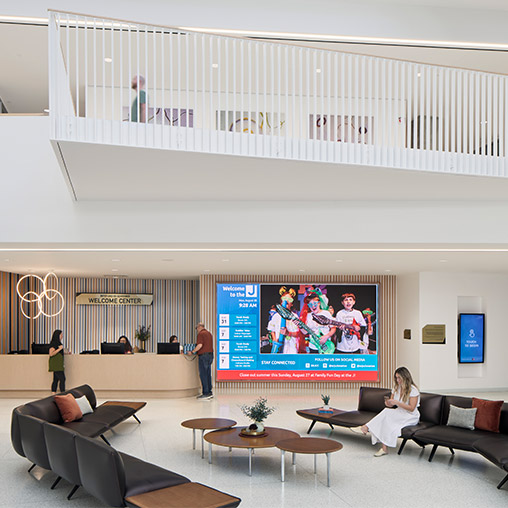
Evelyn Rubenstein Jewish Community Center of Houston
Houston, Texas
Gensler created a vision to revitalize the Evelyn Rubenstein JCC campus in Houston that encompasses both renovations and an expansion.
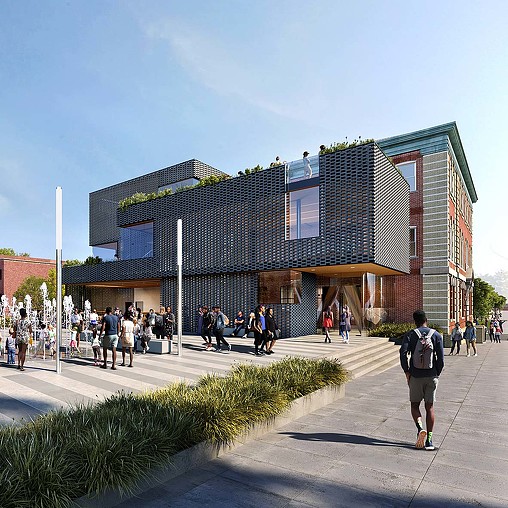
Newark Community Museum of Social Justice
Newark, New Jersey
Gensler worked closely with the City of Newark to convert the 1st Police Precinct into a community museum for learning, healing, and storytelling.
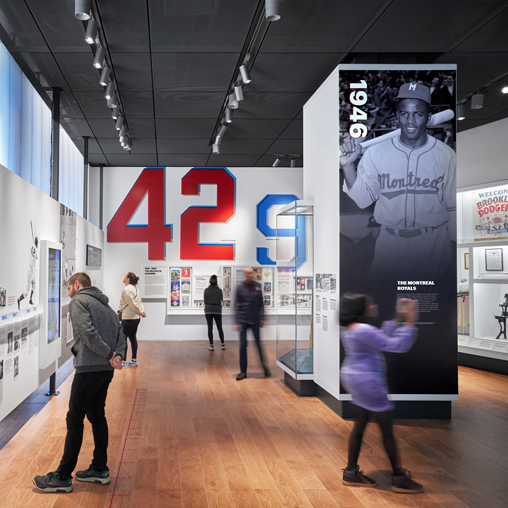
Jackie Robinson Museum
New York, New York
The Jackie Robinson Museum presents the life of the first African American inducted into the Baseball Hall of Fame in a dynamic setting, designed by Gensler.
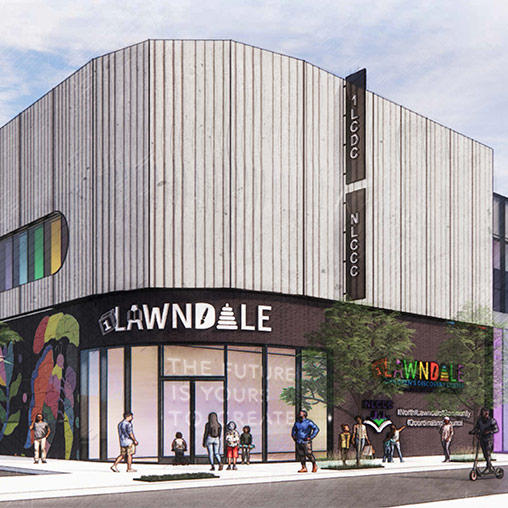
Lawndale Gateway Project
Chicago, Illinois
The Lawndale Gateway Project is comprised of a multi-functional fun learning exploratory space serving the North and South Lawndale neighborhoods of Chicago.
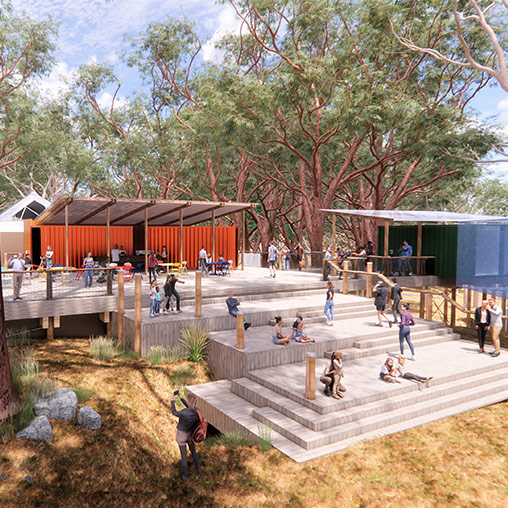
Guulabaa (Place of Koala)
Cowarra State Forest, New South Wales, Australia
Gensler is designing the front-of-house visitor experience for the nature-based tourism project, Guulabaa, or Place of Koala, in Cowarra State Forest.
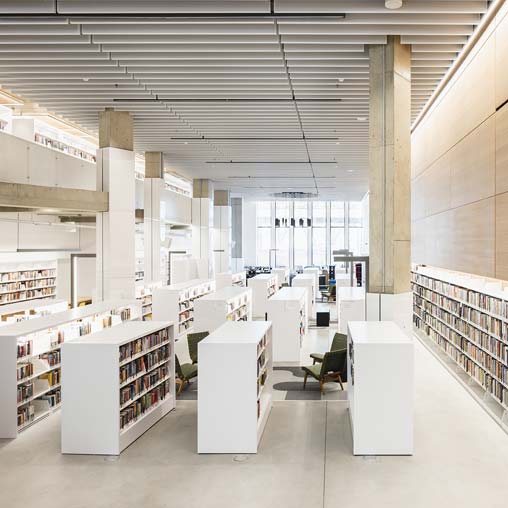
Brooklyn Public Library, Brooklyn Heights Branch
Brooklyn, New York
Gensler’s redesign of the Brooklyn Public Library, Brooklyn Heights Branch, the largest branch in Brooklyn, represents a welcoming change for the neighborhood landmark.
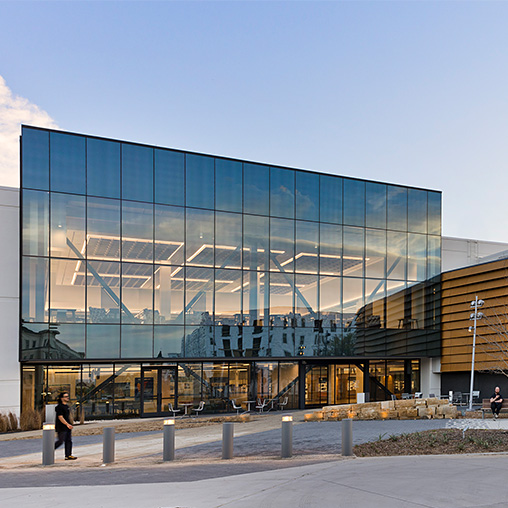
Frisco Public Library
Frisco, Texas
The reimagined Frisco Public Library is an adaptive reuse project that gives new life to a structure that once manufactured both rockets and chicken nuggets.
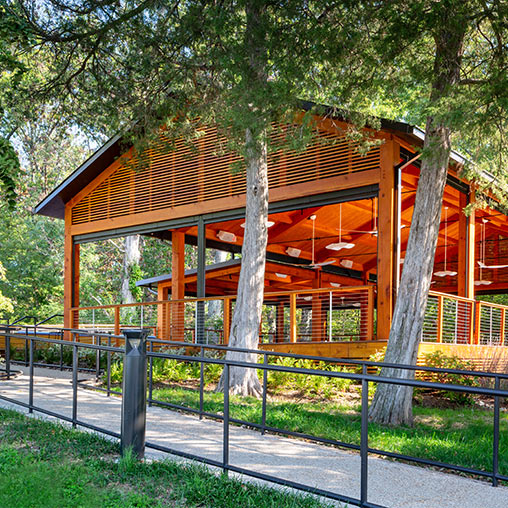
Wolf Trap Pavilions
Vienna, Virginia
Gensler reimagined the facilities in and around Wolf Trap’s Filene Center to modernize and enhance the audience experience at the historic concert venue.
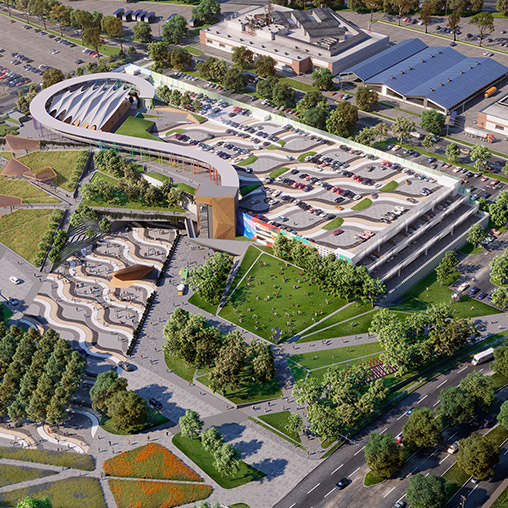
Fair Park Fitzhugh Parking Structure
Dallas, Texas
The updated Fair Park masterplan includes a 14-acre community park and a parking garage to capture displaced surface parking.
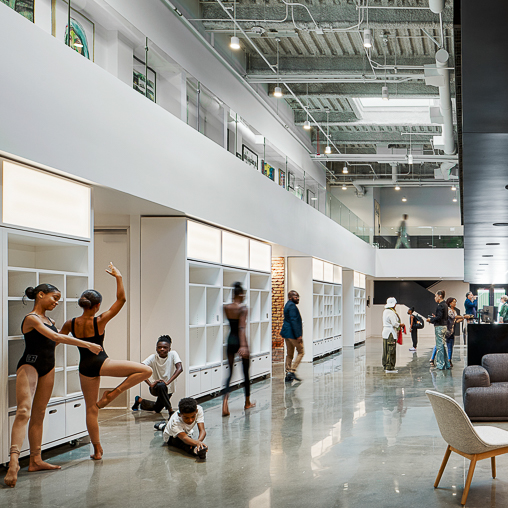
Debbie Allen Dance Academy
Los Angeles, California
Gensler partnered with the Debbie Allen Dance Academy to design its new Shonda Rhimes Performing Arts Center, a top-tier arts venue that supports the nonprofit organization’s commitment to expanding the reach of dance and theater arts to enrich the lives of young dancers.
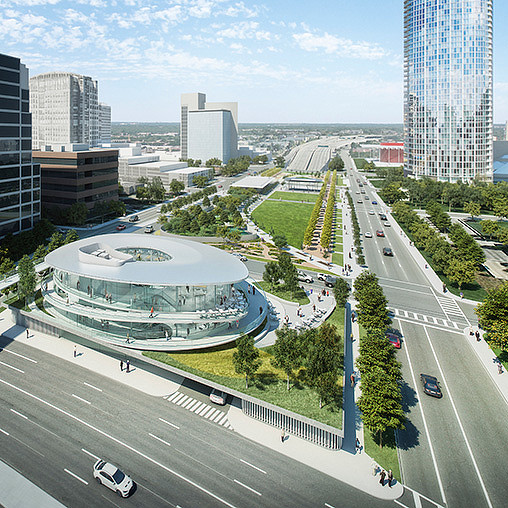
Klyde Warren Park 2.0
Dallas, Texas
Klyde Warren Park is an urban deck park built over the recessed Woodall Rodgers Freeway in Dallas, Texas.
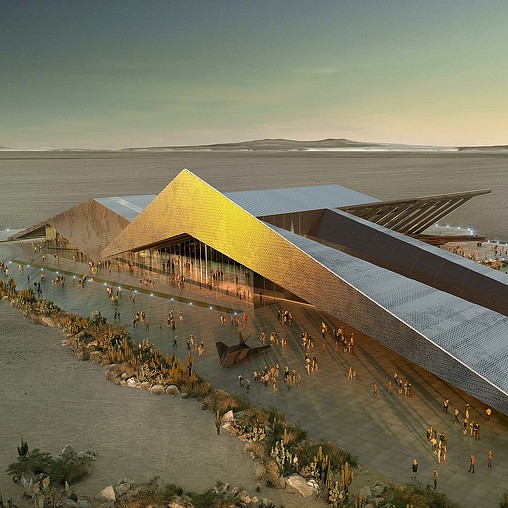
Air Force Flight Test Museum and STEM Center
Palmdale, California
To increase public access and inspire the next generation of pilots and explorers, the Air Force Flight Test Foundation is relocating the Flight Test Museum outside the gates of Edwards Air Force Base. As part of the Foundation’s fundraising efforts, Gensler developed a conceptual design for the reimagined museum.
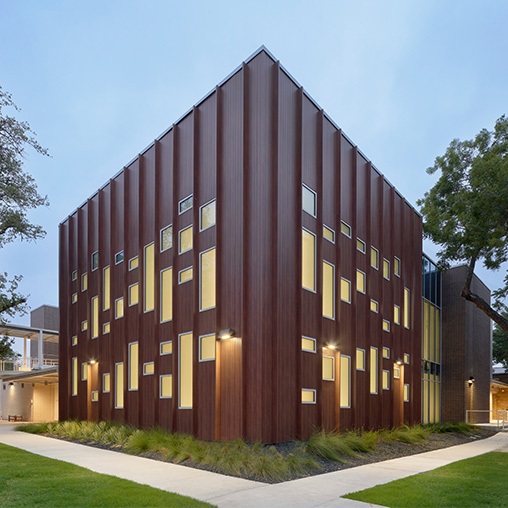
First Unitarian Church Fellowship Hall
Dallas, Texas
After dedicating more than 120 years to promoting diversity and inclusion, First Unitarian Church became too small to accommodate its growing congregation. A new fellowship hall was designed by Gensler to create a welcoming experience that fosters strong bonds of community.
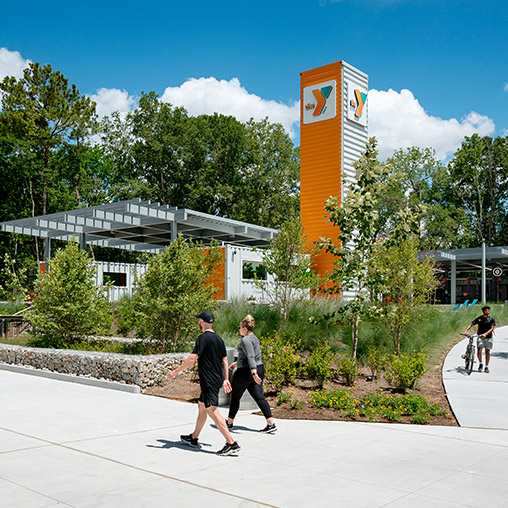
Holcomb Family YMCA
Spring, Texas
Gensler reimagined the design of the Holcomb Family YMCA from a traditional building to a facility with flexible indoor-outdoor spaces where members can gather and exercise together.
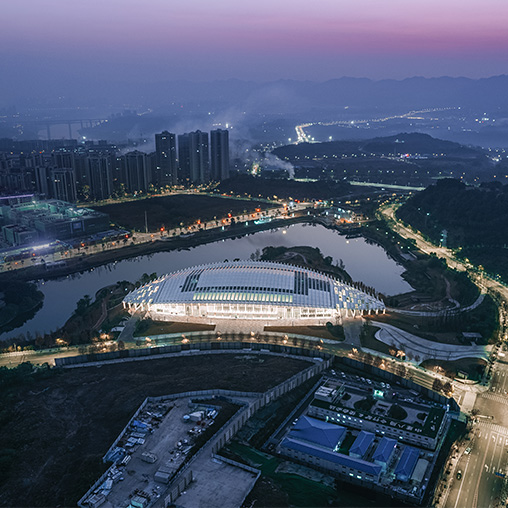
Lijia Smart Hall
Chongqing, China
Located in Chongqing Lijia Intelligent Park, the Lijia Smart Hall is the central stage for the annual Smart China Expo, promoting smart technologies.
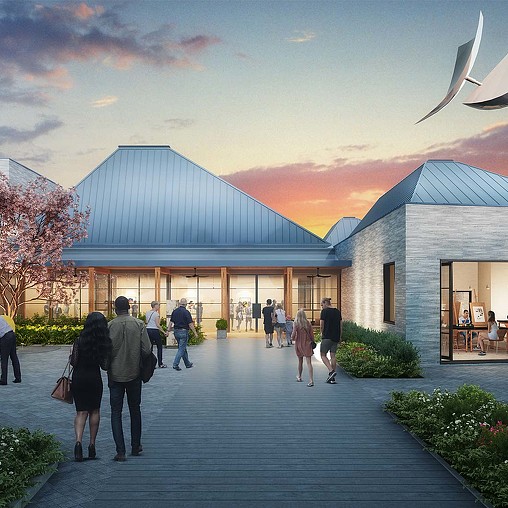
LaGrange Art Museum
LaGrange, Georgia
The reimagined LaGrange Art Museum will act as the gateway to historic downtown LaGrange — respecting its storied character and mirroring its local fabric while providing a canvas for universal appeal with Southern hospitality at its heart.
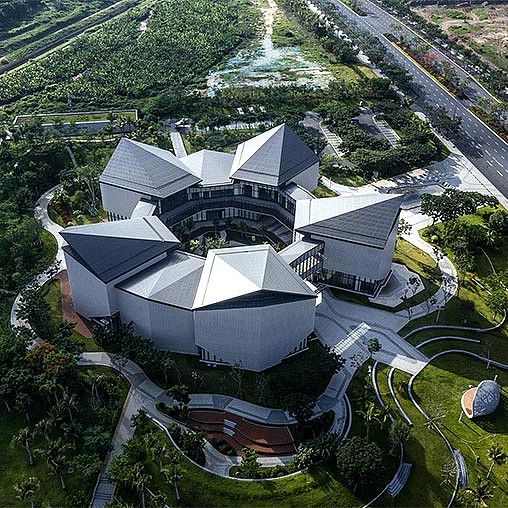
Sanya Yazhou Bay Science and Technology City
Sanya, China
Sanya Yazhou Bay Science and Technology City Industry Promotion Center is the gateway to the entire CMG Deep Ocean Technology City, which is dedicated to promoting the latest deep sea ocean research.
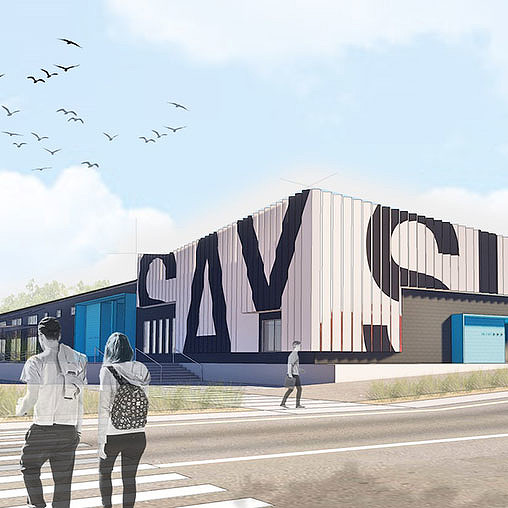
SAY Sí Community Arts Center
San Antonio, Texas
SAY Sí (San Antonio Youth Yes) ignites the creative power of young people as forces of positive change, empowers marginalized communities by investing in and elevating the value of artists, and advances cultural education.
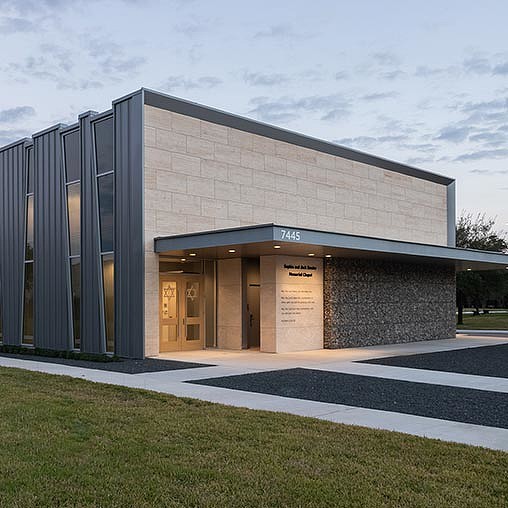
Beth Yeshurun Sophia and Jack Bender Memorial Chapel
Houston, Texas
Founded by the Bender siblings to honor their parents, this cemetery chapel is the first conditioned funeral chapel for any Houston congregation.
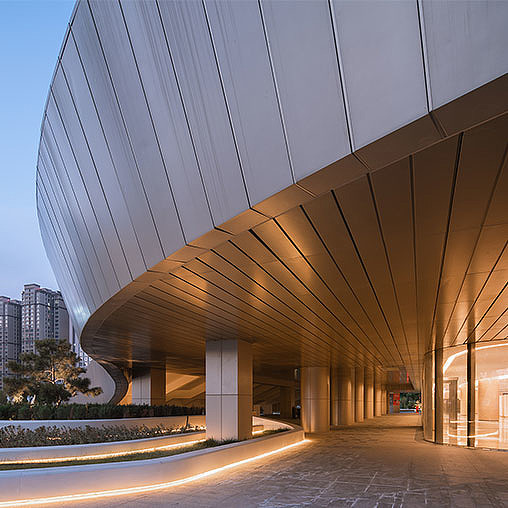
Yulin Grand Theatre
Yulin, China
Yulin Grand Theatre is a 41,500-square-meter cultural destination with art galleries, shopping centers, hotel, and residential spaces. The design, rooted in the concept of a 'culture valley,' explores the relationship between art and culture as a generator of creativity, education, economic development, and tourism.
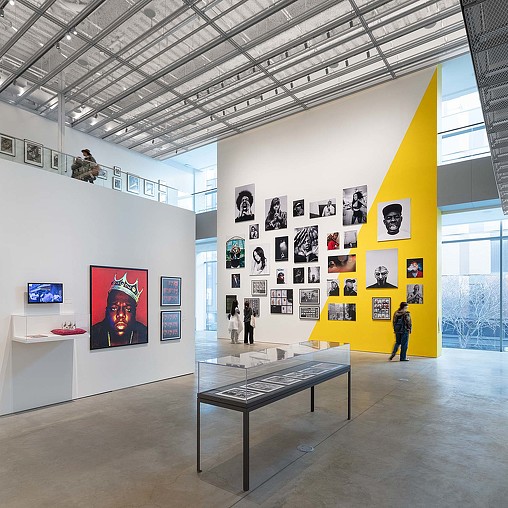
International Center of Photography
New York, New York
The world’s leading institution dedicated to photography and visual culture, the International Center of Photography (ICP) enlisted Gensler to realize its 20-year goal of unifying its museum and school under one roof.
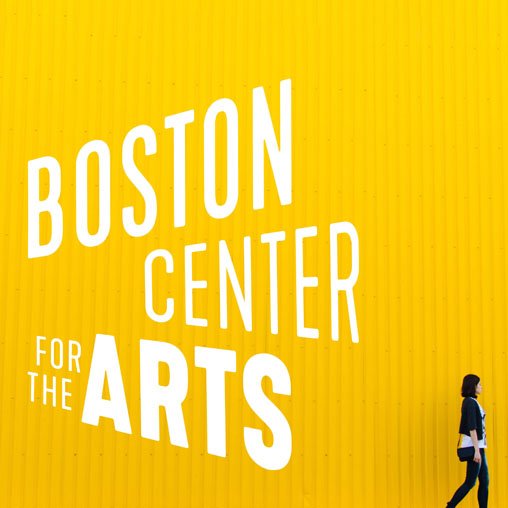
Boston Center for the Arts: Brand Design
Boston, Massachusetts
Gensler partnered with the Boston Center for the Arts to reinvent its brand as a vibrant arts incubator with a bright palette and active character.
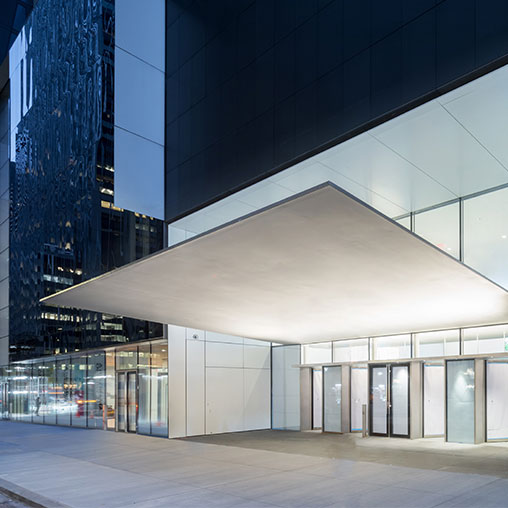
The Museum of Modern Art
New York, New York
MoMA’s multi-year expansion project had three comprehensive drivers: increase gallery space to exhibit the diverse collection in new interdisciplinary ways; provide visitors with a more inclusive experience; and better connect the Museum to the urban fabric of the city.
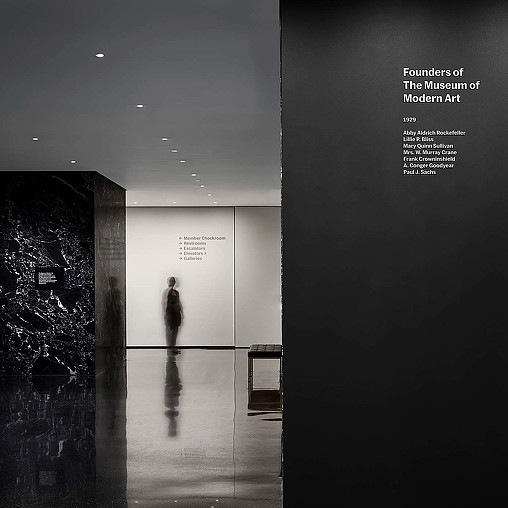
The Museum of Modern Art: Signage and Wayfinding Program
New York, New York
Coinciding with the highly anticipated 2019 expansion, MoMA commissioned Gensler to create a campus-wide signage, wayfinding, and donor recognition system.
INSIGHTS
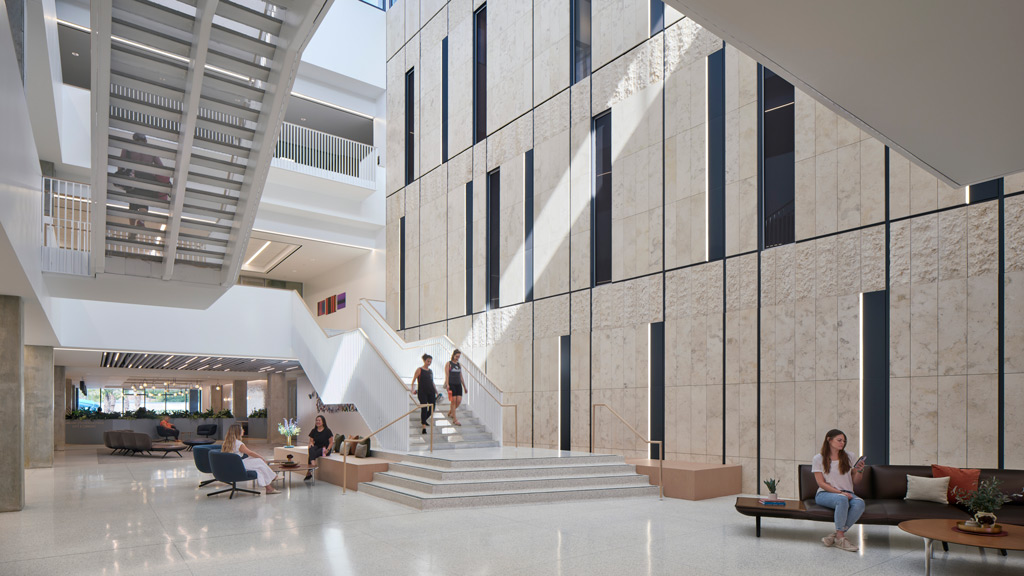
Blog
Bringing Community to the Community Center
In Houston, Gensler helped reimagine the Evelyn Rubenstein Jewish Community Center as a place that celebrates the Jewish community in every moment.
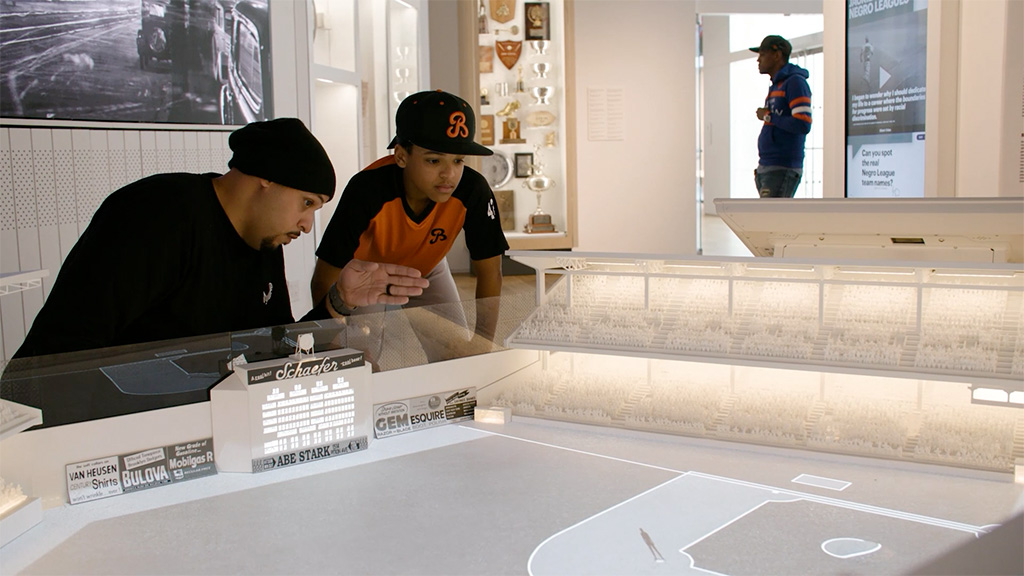
Blog
Beyond the Screen: Exploring the World of Museums and Experiential Technology
Digital experiences in museums, exhibits, and other interpretive spaces go beyond the screen for dynamic and memorable storytelling.
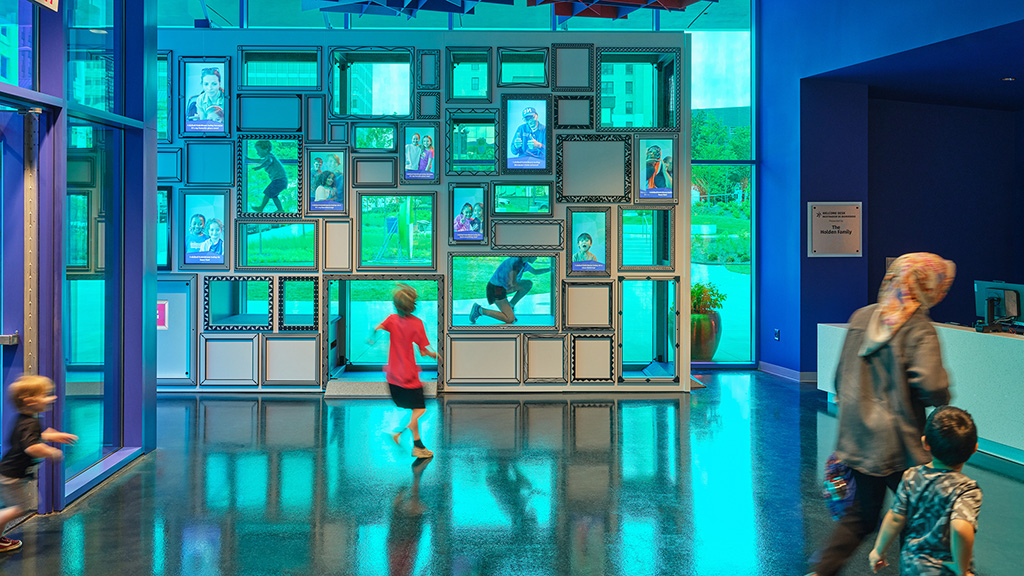
Blog
Creating a Range of Entry Points to Engage New Museums Audiences
Our Culture & Museums and Entertainment and Experience Design leaders to discuss what’s next for museums and cultural spaces.
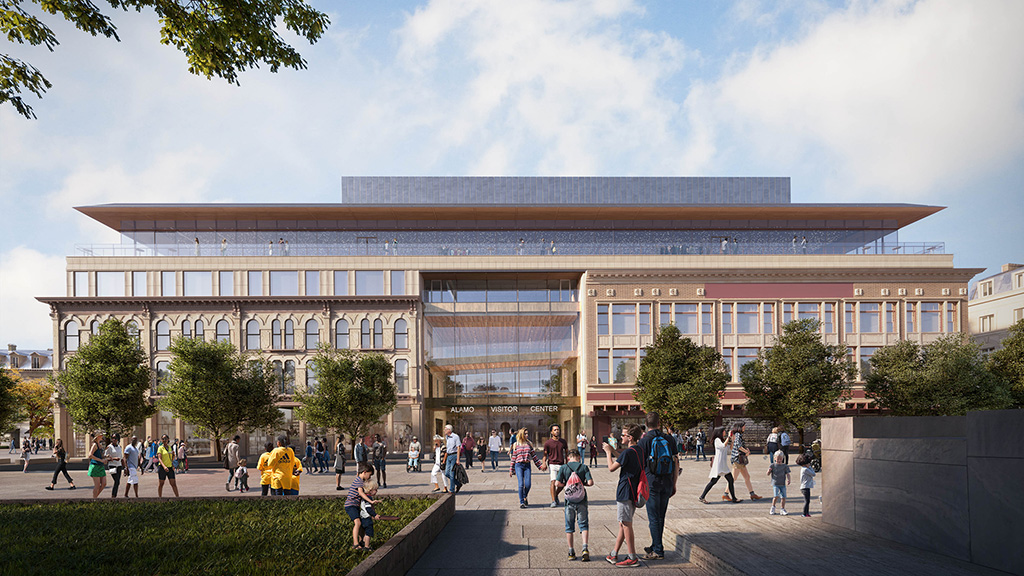
Blog
The Evolution of the Museum
Unlike the institutions of the past, modern museums can flourish and differentiate themselves by being more forward-looking, community-driven, dynamic, and engaging.
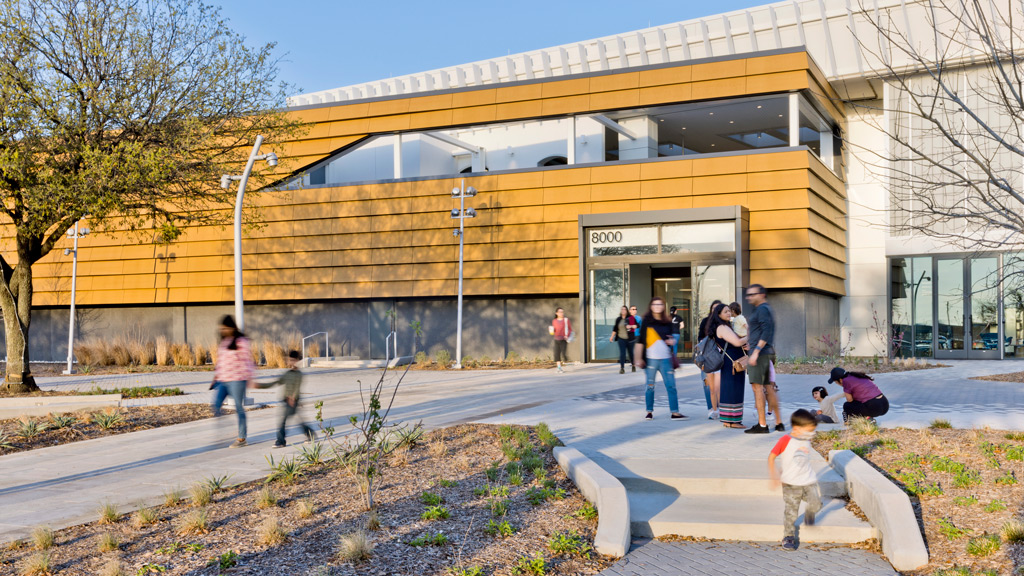
Blog
Inclusive Design for the 21st Century Library
Exploring strategies to create universally welcoming and functional libraries that cater to their communities.
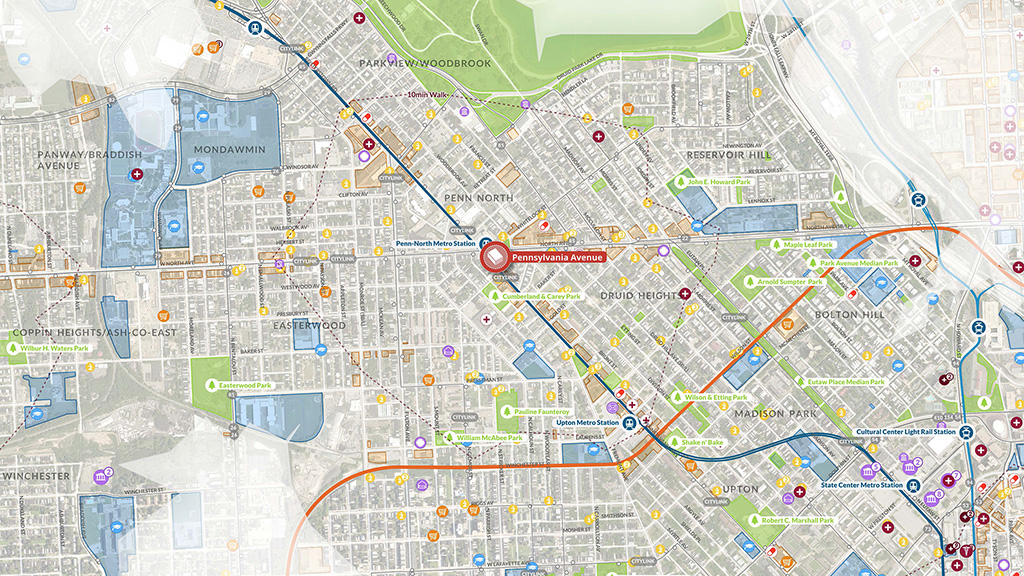
Blog
A New Tool Helps Organizations Maximize Their Community Impact
Gensler’s Urgency Index helps institutions make informed decisions that amplify their impact by locating in the communities that need them most.
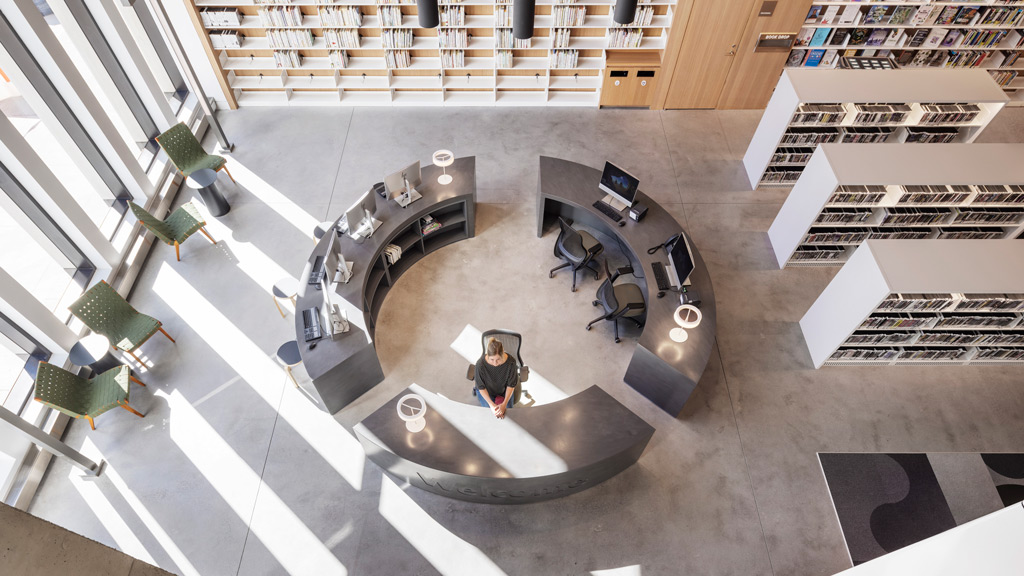
Blog
How Public Libraries Are Building Community
The public library’s mission has changed from a simple repository to a community center, where learning experiences, cultural resources, and community interaction take place.
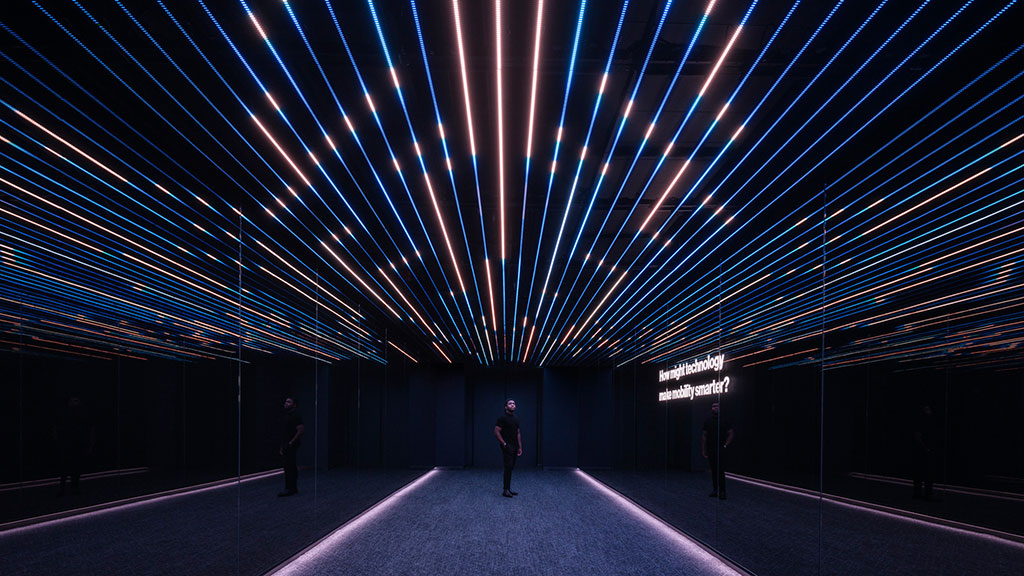
Blog
Immersive Experiences: A Movement Beyond Fad
In the rapidly evolving technology landscape in the built environment, immersive digital experiences are not a fleeting fad; they have become an expectation.

Blog
Beyond Books, Libraries Are Vital Community Hubs
Beyond their traditional role as information providers, municipal libraries are uniquely positioned to have a positive impact on the communities they serve.
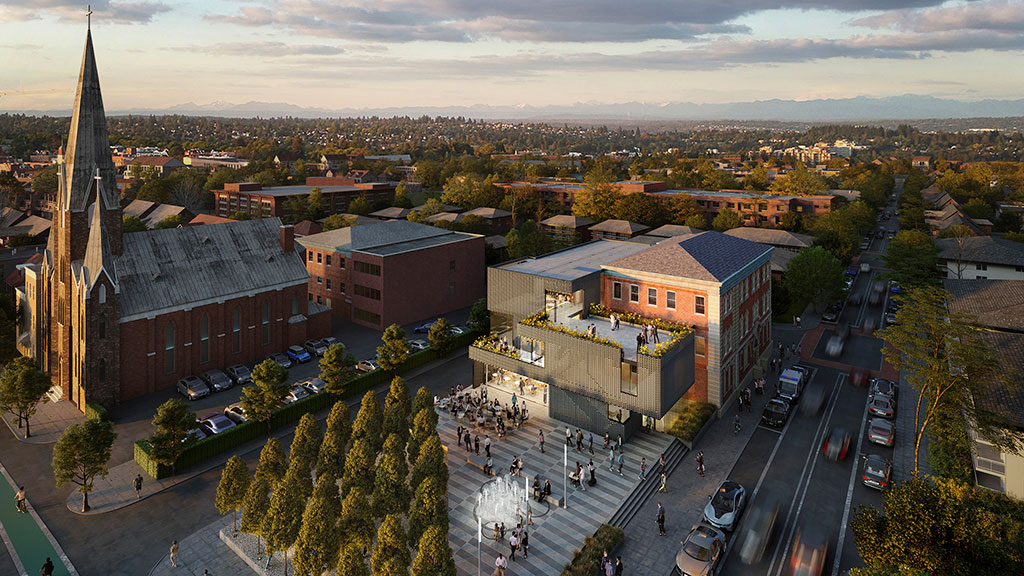
Blog
Equity and the 20-Minute Neighborhood
To build stronger, more resilient, and equitable communities it’s essential that we leverage the power of research and engage residents.

Podcast
What Is the Architect’s Role in Creating Equitable Communities?
Contributors of an AIA resource share how architects can bring about racially just and equitable outcomes for all members of the communities they serve.
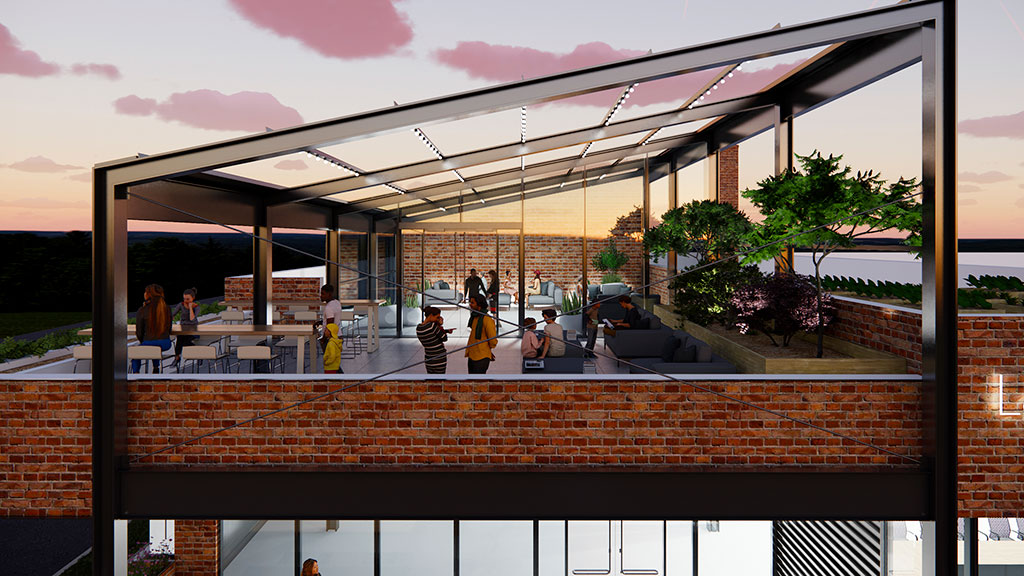
Blog
Libraries Are Crucial Social Infrastructure for the 20-Minute City
Once known solely as places for books, libraries are pivoting and adapting to adopt new roles in society.
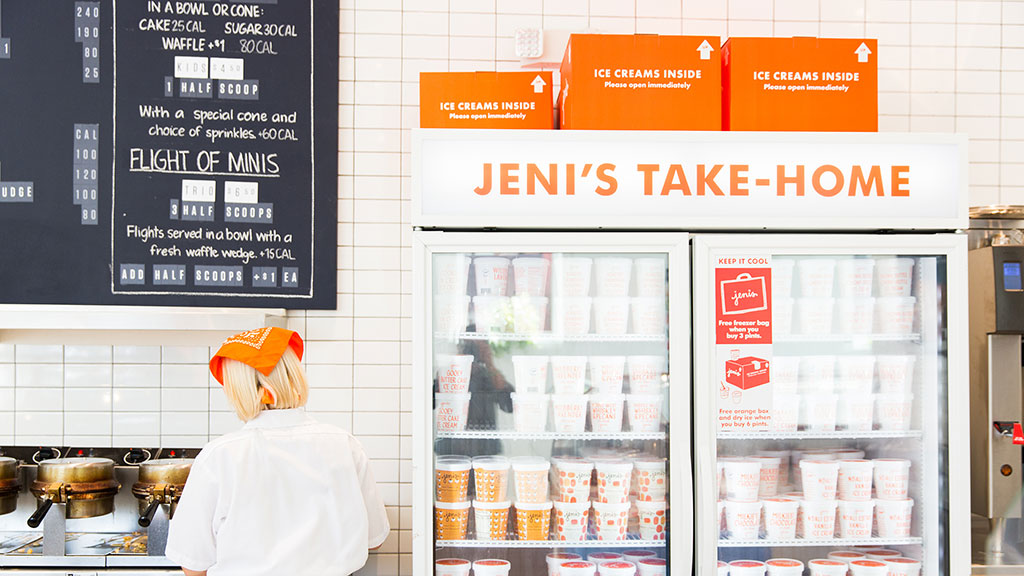
Blog
Creating Spaces That Evoke Joy Through Immersive Design
How can physical spaces evoke joy? Design needs to incorporate multiple characteristics and fully engage our senses to be considered an immersive experience.
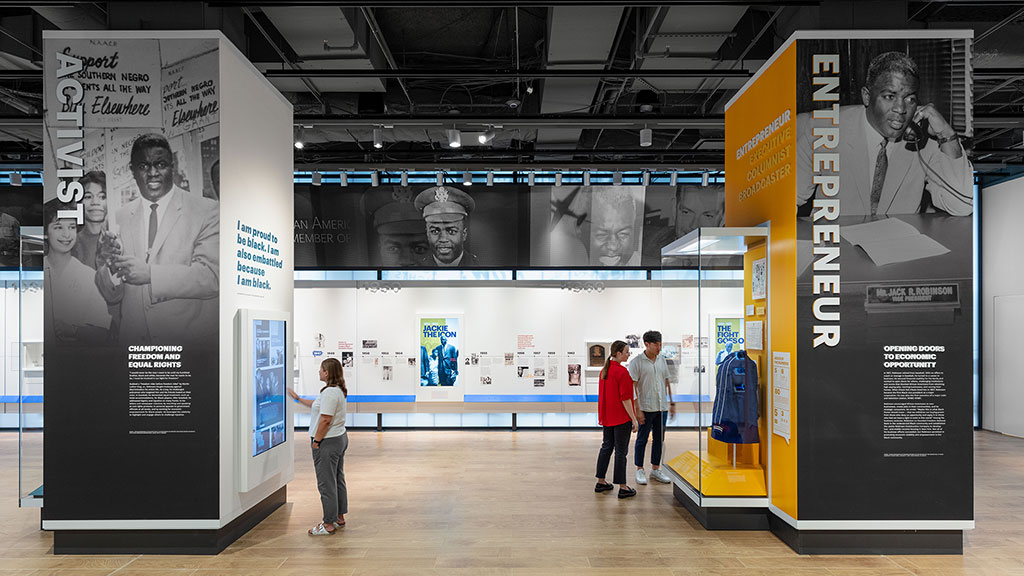
Blog
Rethinking What Museums Can Do for Communities — and How We Design Them
With the right vision and design experience, museums can be spaces to both educate and entertain audiences in deeper ways, inspiring them to be stewards of our communities.
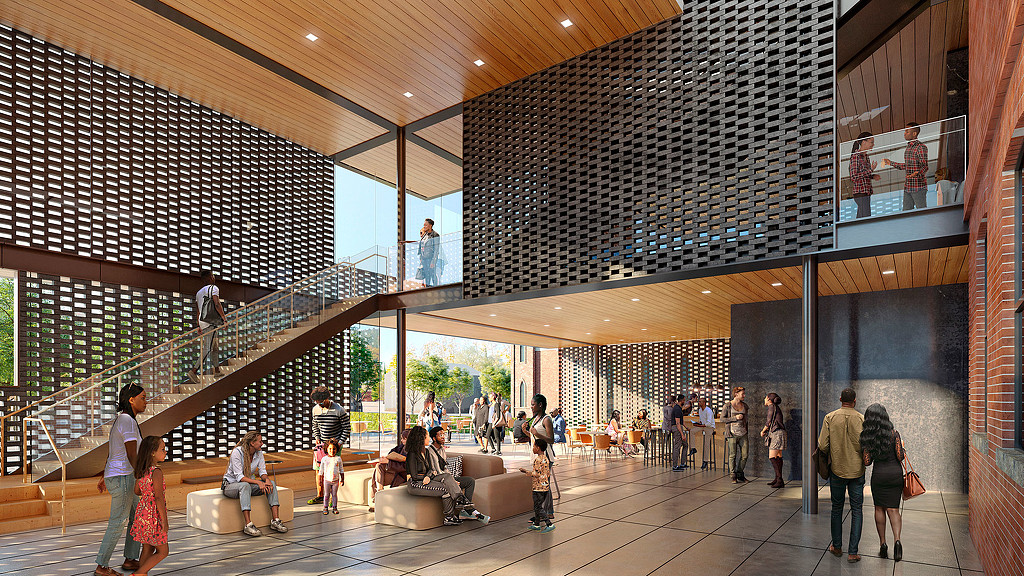
Blog
How Inside-Out Design Can Boost the Cultural Experience
Designing spaces that are meant for the public requires a different approach — one that is bespoke, transparent, and equitable.
Trends in Culture & Museums
Cultural institutions create nimble, mixed-use, and multipurpose spaces.
By converting galleries or lobbies into rentable event spaces that can host new types of programming, museums, libraries, and performing arts centers can drive revenue and stay operationally sustainable.
Museums become more interactive, unscripted, and immersive.
To stay relevant and appeal to younger generations, museums can create new kinds of analog and digital exhibitions and experiences that allow visitors to discover their own journeys through the space.
Museums and libraries broaden their roles as equitable community hubs.
To open up their spaces to diverse audiences, museums and libraries are adding a variety of amenities, programming, and essential services that include everything from after-school programs to coworking spaces.
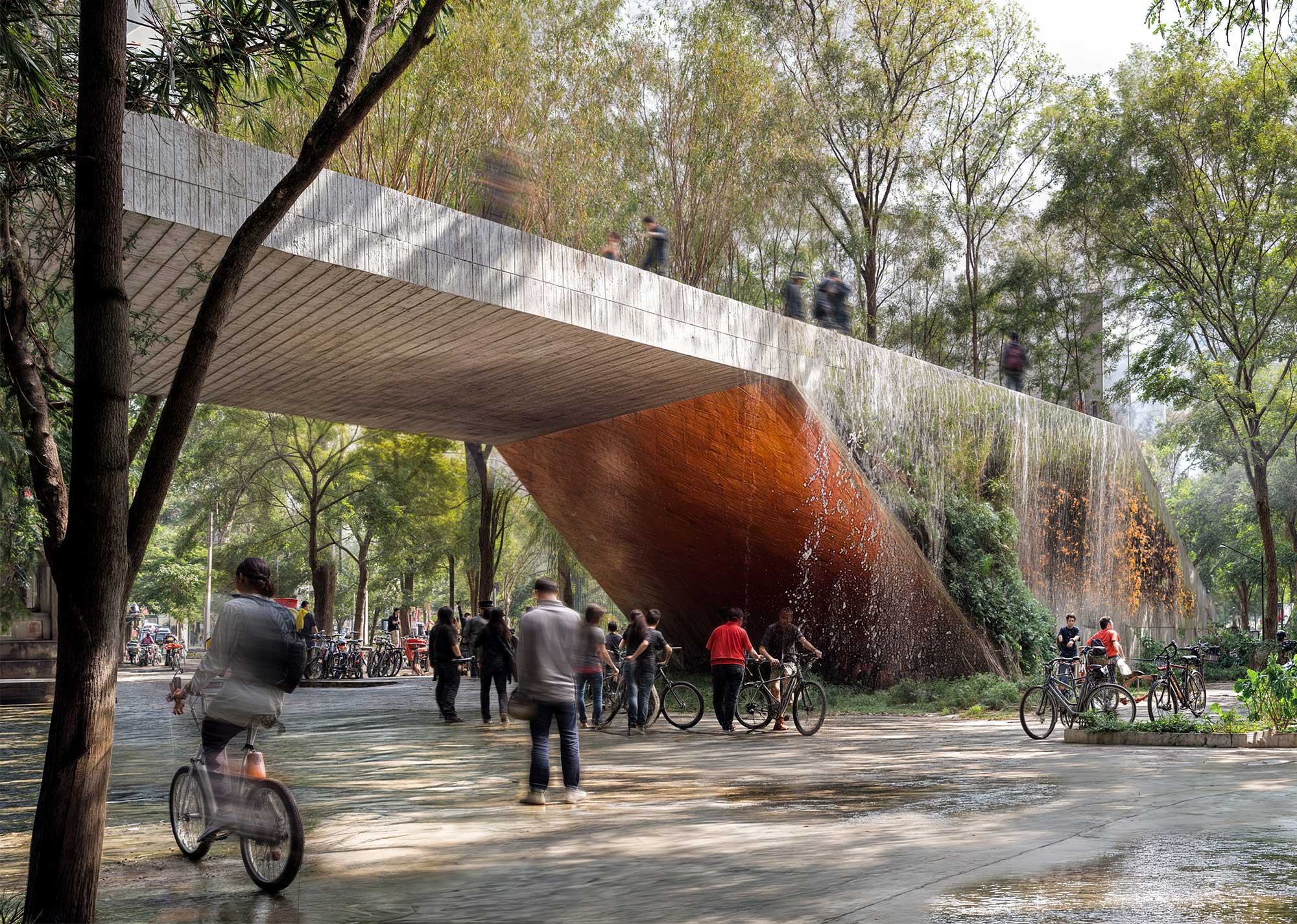
CULTURE & MUSEUMS LEADERSHIP

Michael Volk
Culture & Museums Leader, Design Director, Principal
With more than 28 years of experience designing, leading, and executing innovative architecture and urbanism projects in the U.S. and abroad, Michael brings his passion for desi...
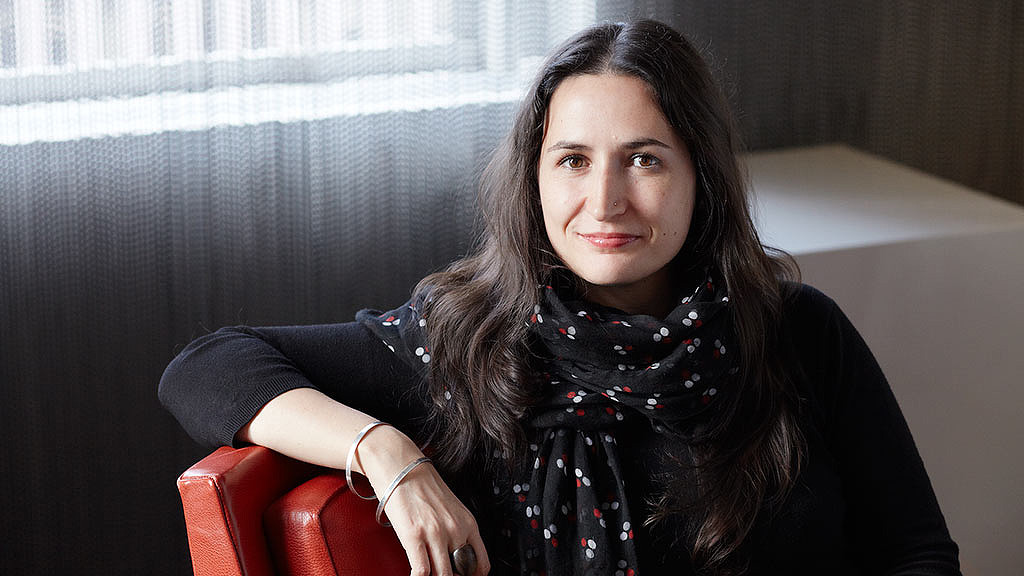
Bevin Savage Yamazaki
Culture & Museums Leader
Bevin Savage-Yamazaki leads Gensler’s Culture & Museums practice and is based in the firm’s New York office.
NEWS
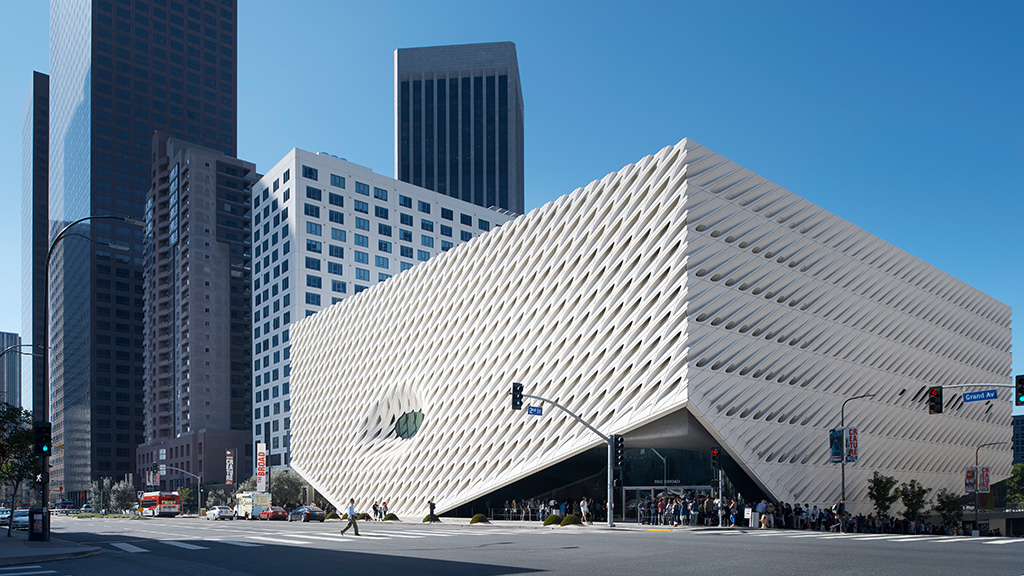
In The Media
![]() Observer
Observer
The Broad Included in the Observer’s Roundup of the World’s Most Beautiful Museums
Designed by Diller Scofidio + Renfro in collaboration with Gensler, The Broad museum in Los Angeles features a unique design based on “the veil and the vault” concept.
March 27, 2024
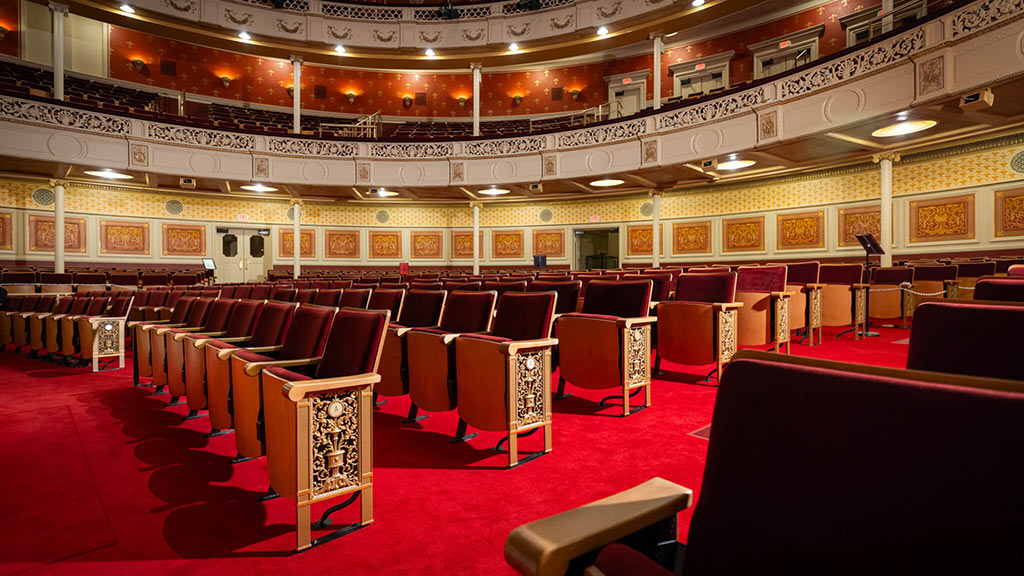
In The Media
![]() The Architect’s Newspaper
The Architect’s Newspaper
Pittburgh’s Carnegie Music Hall Reopens with Renovations by Gensler and Partners
Gensler and partners renovated Carnegie Music Hall to improve the venue’s accessibility, upgrade its electrical and sound systems, and restore decorative elements.
March 25, 2024
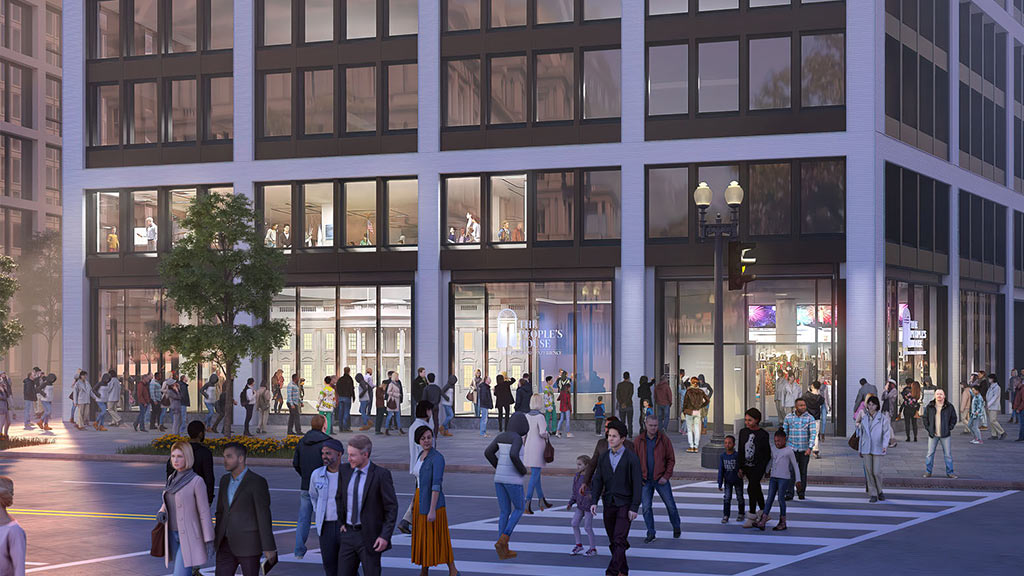
In The Media
![]() WTOP
WTOP
A New Interactive Education Experience Is Coming to Pennsylvania Avenue
WTOP featured plans for “The People’s House: A White House Experience,” an interactive three-story education experience designed by Gensler.
November 03, 2023
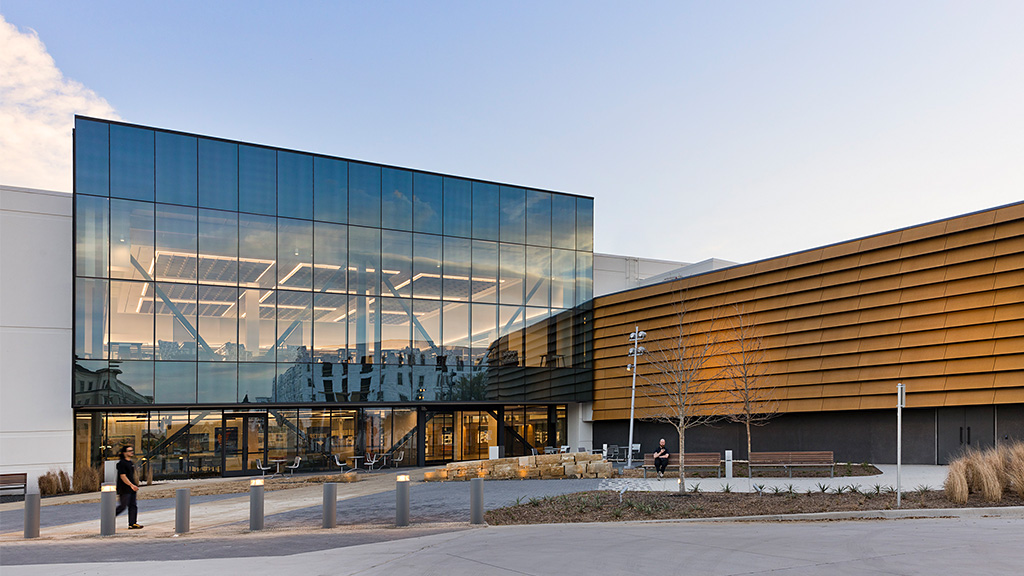
In The Media
![]() American Libraries
American Libraries
The Frisco Public Library Featured in American Libraries’ 2023 Library Design Showcase
American Libraries featured the “most impressive new and renovated libraries,” including the Gensler-designed Frisco Public Library.
September 01, 2023
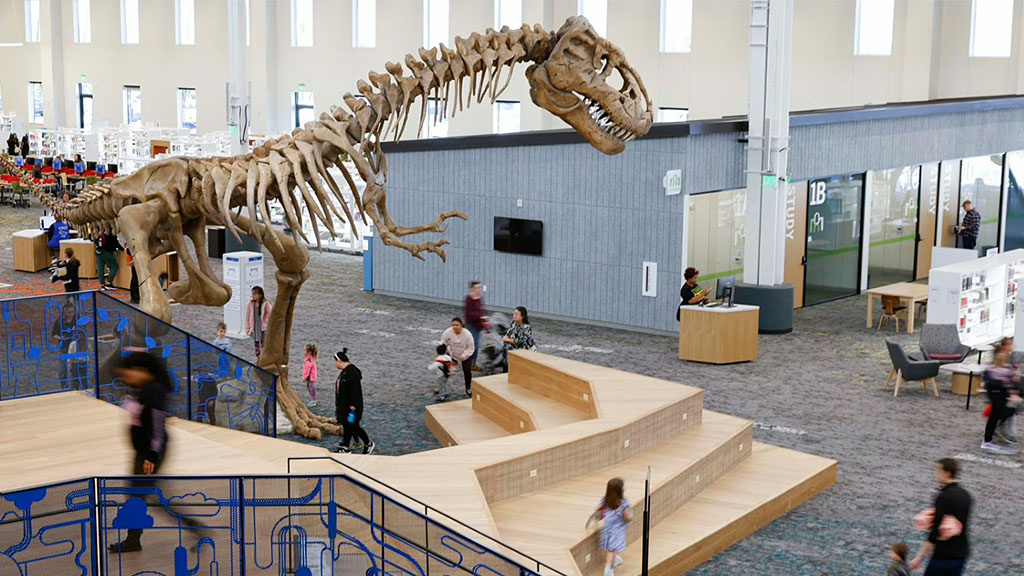
In The Media
![]() The Dallas Morning News
The Dallas Morning News
Designed by Gensler, Frisco Public Library Opens as the Sixth Largest Library in Texas
The Dallas Morning News quoted Gensler’s Justin Bashaw, who shared insights on the design vision for the new Frisco Public Library.
March 17, 2023
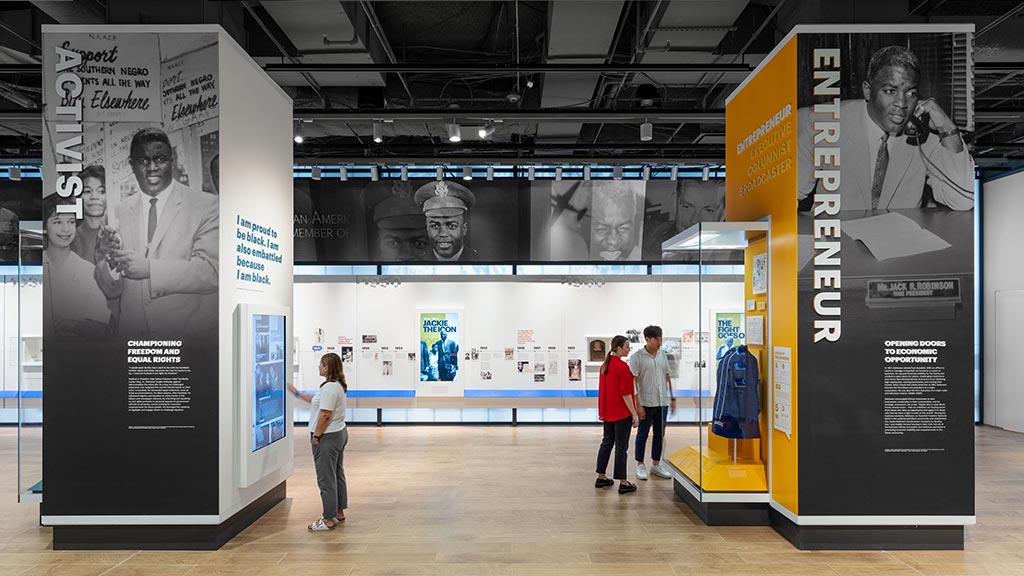
In The Media
![]() Archinect
Archinect
Archinect Celebrated The Year’s Top Efforts to Further Social Justice, Equity, and Representation in the Industry
The Jackie Robinson Museum and Gensler’s contributions to California College of the Arts to support diversity and innovation are among the top efforts to further social justice and equity in architecture.
December 25, 2022
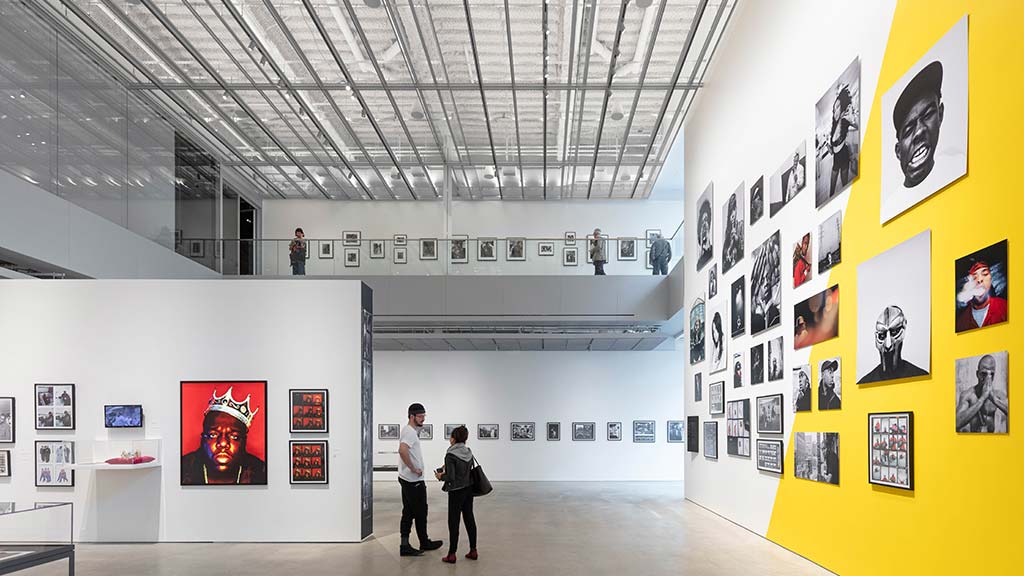
In The Media
![]() Interior Design
Interior Design
The International Center of Photography Merges its Museum and School in One Hip Locale
Gensler discusses the design strategy which merges its museum and school into one hub “with both downtown edge and 21st century polish.”
November 02, 2022
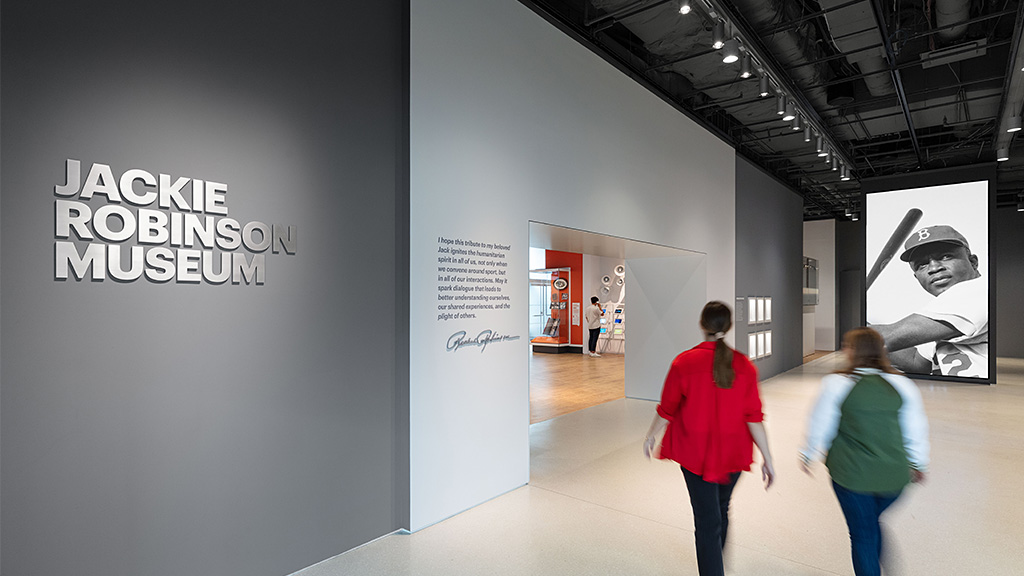
In The Media
![]() Fast Company
Fast Company
The Newly Opened Jackie Robinson Museum Focuses on Citizenship and Humanity At Large
The Gensler-designed museum celebrates the athlete's legacy in a way that “calls people to action.”
September 20, 2022
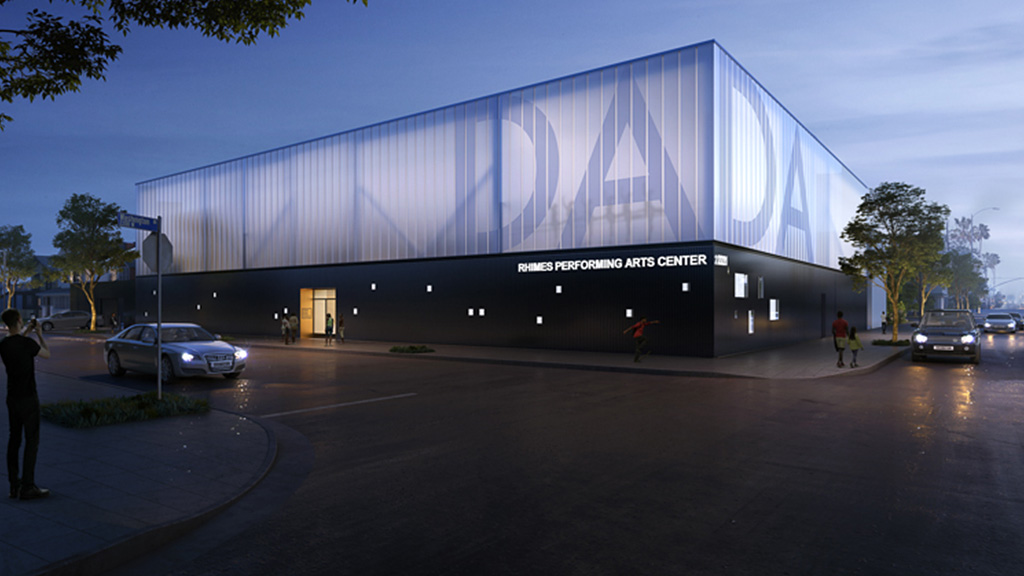
In The Media
![]() Los Angeles Times
Los Angeles Times
How Debbie Allen and Shonda Rhimes Built the New Home of the Debbie Allen Dance Academy
Debbie Allen and Shonda Rhimes partnered to create the Debbie Allen Dance Academy, designed by Gensler, inside the Rhimes Performing Arts Center.
May 08, 2022
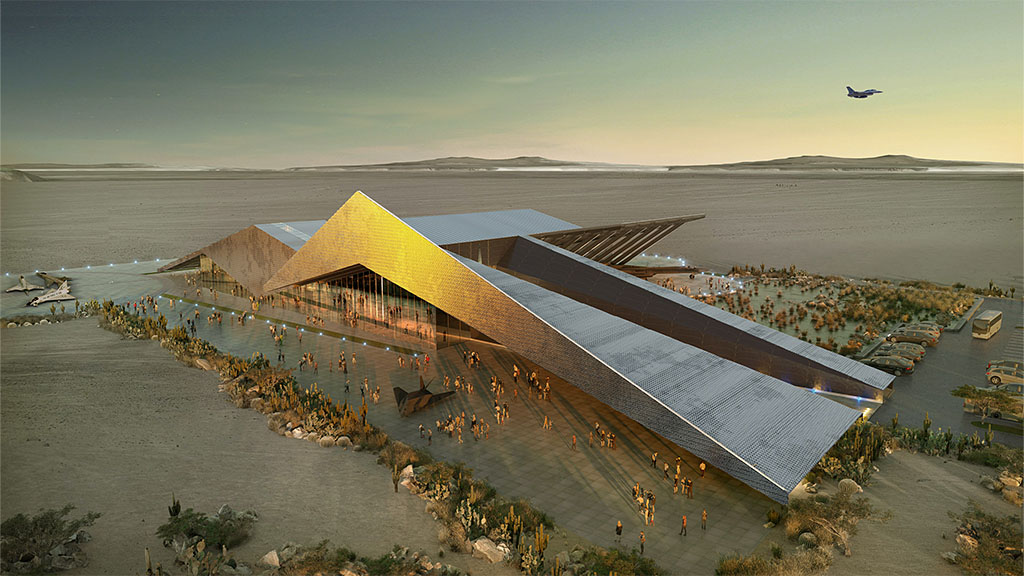
In The Media
![]() Dezeen
Dezeen
Dezeen Shared a Vision to Reimagine the Flight Test Museum in California
Gensler’s plans feature an expanded wing-shaped roof area, a viewing platform, museum space for historic aircraft, and outdoor exhibition areas.
March 07, 2022
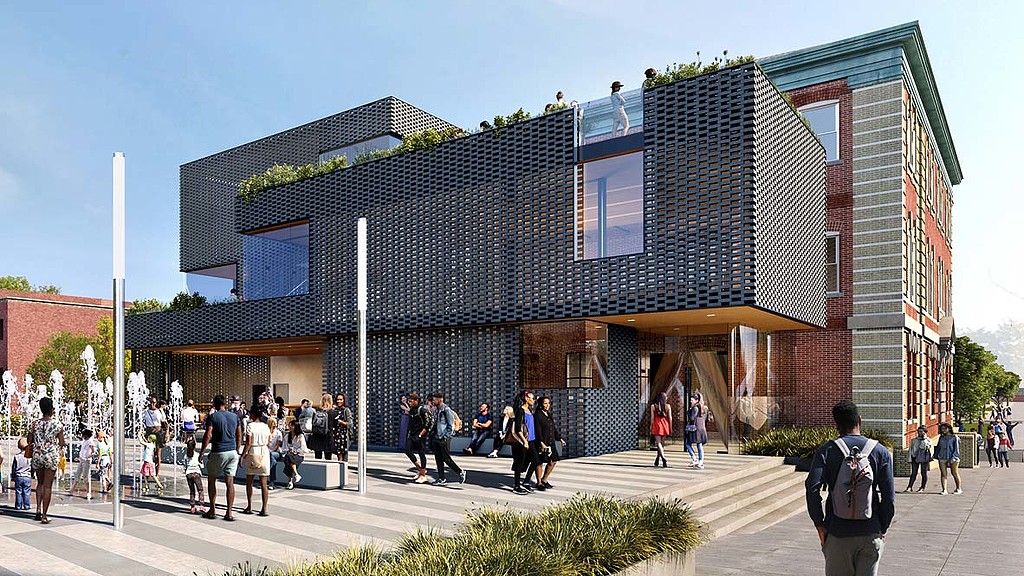
Recognition
![]() Building Design+Construction
Building Design+Construction
Gensler
2021 Giants 400: #1 Cultural Facilities Architecture and AE Firm
November 19, 2021
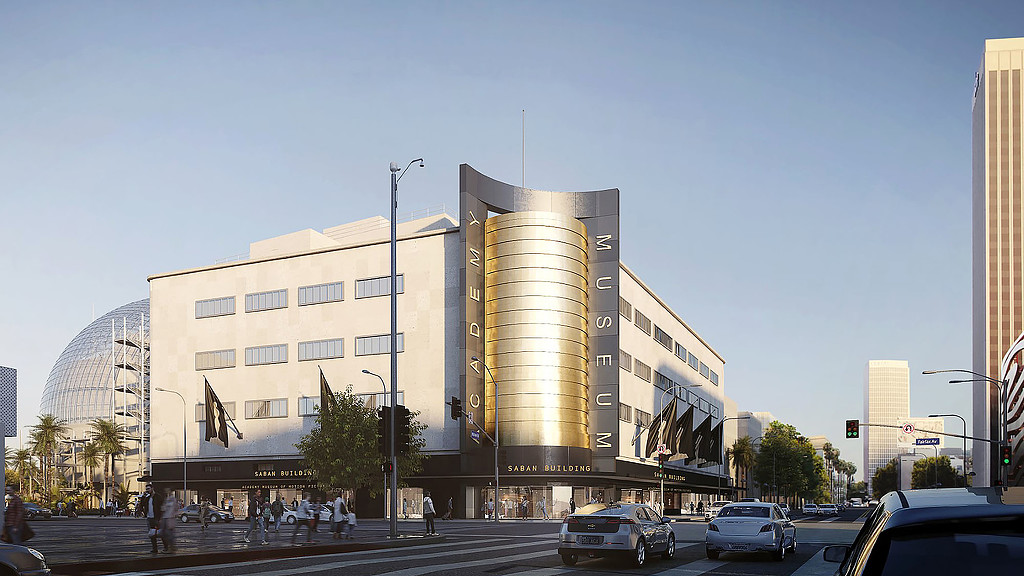
In The Media
![]() Architectural Record
Architectural Record
Architectural Record Spotlighted the $482 Million Museum Academy of Motion Pictures Complex
Gensler served as the executive architect on the new Museum Academy of Motion Pictures, working with Renzo Piano Building Workshop to transform a historic landmark structure.
September 21, 2021
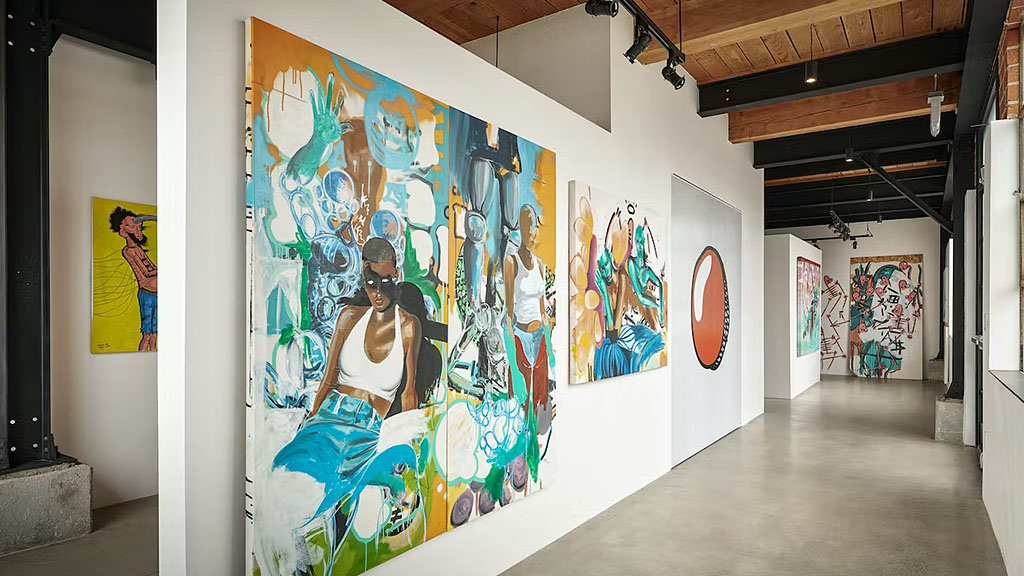
In The Media
![]() Archinect
Archinect
This Black-Owned and Operated Gallery in South Los Angeles Is Designed to Empower Emerging and Underrepresented Artists of Color
Gensler LA's Kevin Sherrod shares the design story behind Galley 90220, a gallery on a mission to give back to Black and brown artists and residents.
August 05, 2021
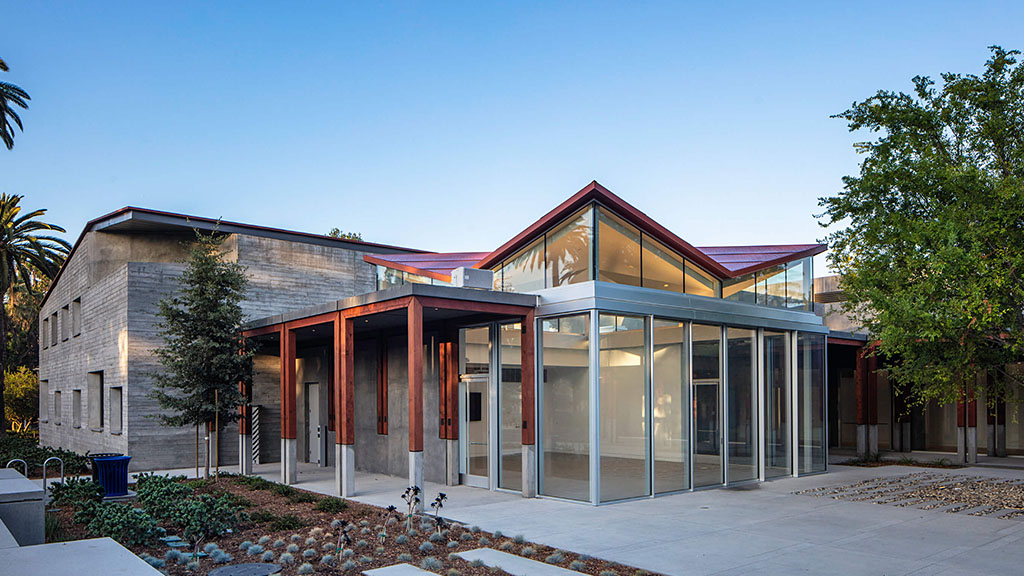
In The Media
![]() The Architect’s Newspaper
The Architect’s Newspaper
The Benton Art Museum at Pomona College Brings Mediterranean Flair
The Architect’s Newspaper featured The Benton Art Museum at Pomona College, designed by the Boston-based Machado Silvetti with Gensler Los Angeles serving as the architect of record.
July 20, 2021

In The Media
![]() Interior Design Magazine
Interior Design Magazine
Interior Design Magazine Takes a Virtual Tour of The Academy Museum of Motion Pictures
Gensler collaborated with Renzo Piano Building Workshop to transform the historic May Company building along L.A.’s Miracle Mile into the Academy Museum of Motion Pictures.
April 12, 2021
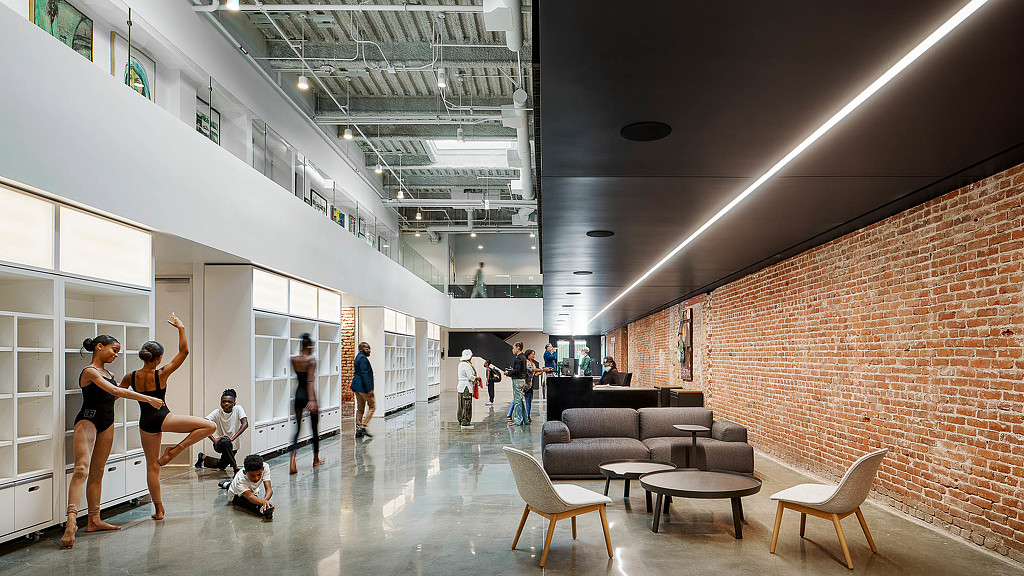
In The Media
![]() Interior Design Magazine
Interior Design Magazine
How Gensler Transformed a Former Warehouse to Create the Shonda Rhimes Performing Arts Center, Home of Debbie Allen Dance Academy
Interior Design highlighted how the firm transformed a warehouse in Los Angeles into the Shonda Rhimes Performing Arts Center, home of DADA, to create a place where budding dancers can see people who look just like them.
July 13, 2020